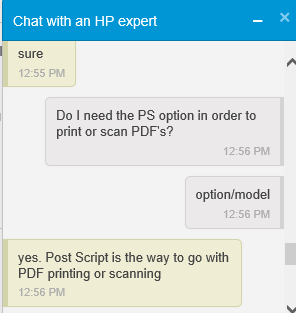It's late on Friday night, and for most, their work is over for the week. For me, I need to do updates, and frankly, I've been lagging in my blogging lately. It's not because I don't want to write; it's mainly because nothing has triggered me to write. Nothing unusual in sales, nothing unusual in the field, and I've had my nose to the grindstone looking to hit numbers.
Until tonight, when I needed to post my series, "This Week in the Copier Industry 15 Years Ago this Week." The nice thing about this site is that you can select the advanced search button (see below) and search through tens of thousands of threads about the copier industry since 2003.

You click the Advanced Search and you'll come up to the se3arch menu (see below) or the link I created.

It's a really nice search tool, and you have the ability to filter for forums, blogs, chats, photos, videos—you name it, it's there.
Right, back to what I wanted to write about. It was this week 15 years ago when Ricoh launched the famous Ricoh MP 240W digital wide-format copier/printer/scanner. I wanted to reach back and write about what it was like in those glory days of wide format. BTW, it's famous because it ROCKED!
It was a fantastic time for me in sales. I guess I was at the right spot at the right time, similar to when Minolta launched the Minolta 450Z copy machine back in 1984.

The picture above illustrates the 240W along with the plot server software that was required to run on a standalone PC. No software meant no print or scan, just a wide-format copier that could reduce or enlarge. Thinking back, about 90% of placements included the PC and the software.
Ricoh broke the bank with the MP 240W in 2004. There was no other digital wide format like it that could print, scan, and copy for the price. Many architects, engineers, and construction companies were farming out prints and scans to repro shops and Staples for $0.50-$1.00 per square foot. It didn't take that many prints to cost justify the 240W at MSRP. Selling at MSRP would net you about $8-$9K in GP, and the commissions were 50% of the GP. It was not uncommon to take home $10-$14K a month.
Having a product as unique as the 240W made a heck of a lot of sense to go and knock on as many doors as possible. In most cases, you were welcomed with open arms because the news was spreading about the price and the feature set of the 240W.
There was no haggling on price. Well, okay, there might have been when we were up against Ricoh Direct. But if Ricoh Direct was not in, then our price was our price. If the buyer was not interested, it would only be a few days before we turned up additional prospects.
We were fortunate at the dealer I worked for back in 2004. Prior to taking on Ricoh in the mid-nineties, we were also a dealer for Xerox wide-format analog copiers. I came on board in mid-1998 when we had just switched to Ricoh, and we were placing the FW 740, 750, and 760 analog Ricoh wide-format copiers.
Yup, from 2004-2006, we had that market controlled before Xerox launched their first digital wide format. Believe it or not, we even delivered the 240Ws for on-site demonstrations. We sold every one we demoed!
There were some growing pains with understanding the AEC market, but Ricoh had some excellent DSMs and product trainers that gave us the basics. We pounded them out left and right, and all were single placements, all had high GP, and we gained many new accounts. Gaining those new accounts also gave us opportunities to place digital copiers.
After 15 years, we still have a few in the field. Hard to believe, right? Like I said, Ricoh hit a home run with the print engine and the compact size of the device.
Yes, those were the days!
-=Good Selling=-


